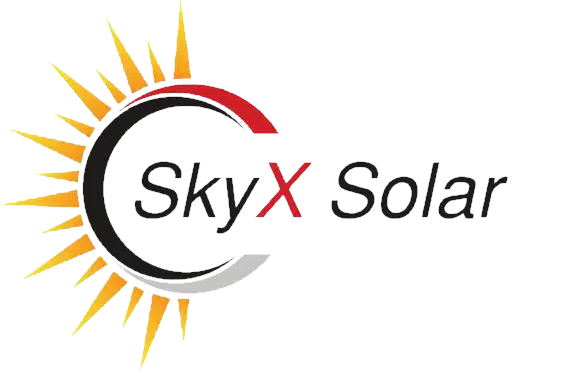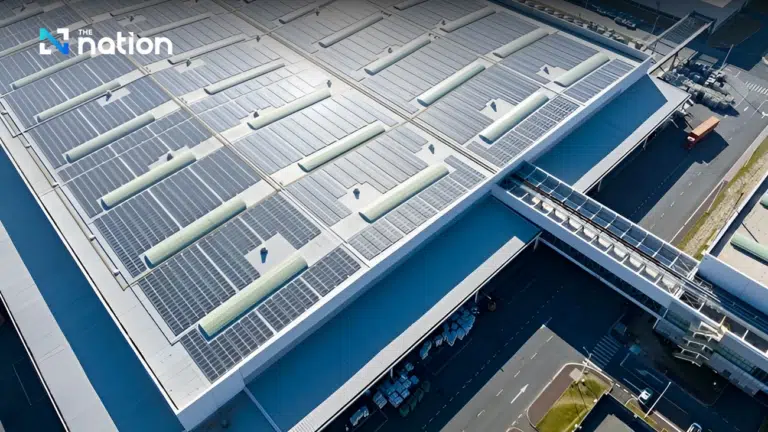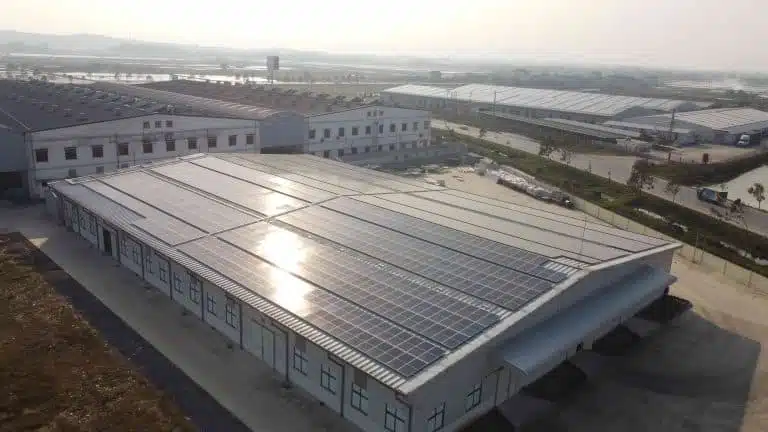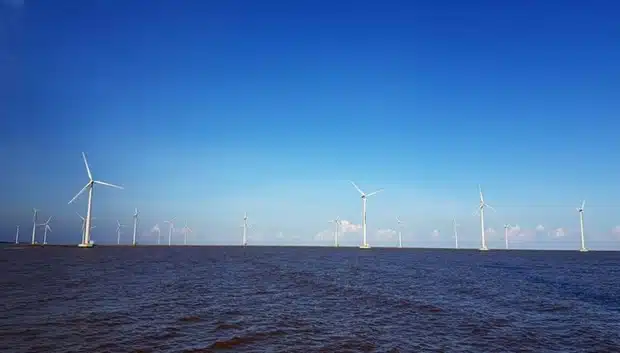The need for a rapid transition to clean energy is enabling new developments in the renewable sector. Businesses and industries are moving towards renewable energy to reduce emissions, lower energy costs, and improve eco-friendliness. The major trends in the renewable sector include digitization, energy-efficient integrations, and solutions that overcome the intermittency in renewable energy production. For these reasons, the use of big data, artificial intelligence (AI), and the internet of energy (IoE) are emerging as popular trends in addition to innovations in renewable energy sources.
Although renewable energies such as solar, wind, and hydroelectricity have been around for a long time, recent rapid innovations make these some of the most trending technologies. Moreover, they dominate the industry due to their competitive advantages. Relatively newer areas of research in the renewable sector include energy from green hydrogen and water energy forms such as tidal, wave, and ocean currents.

Take a look at 10 renewable energy innovations that will hit 2022:
1. Advanced Photovoltaics (PV)
Solar companies are integrating PV systems with every aspect of our surroundings while minimizing the need for additional land usage. As a result, integrated PV, photovoltaics, and agrivoltaics are logical shifts in trends.
Additionally, startups are developing thin-film cells to make solar panels flexible, cost-effective, lightweight, and environment-friendly. To improve PV performance, emerging companies are devising technologies to concentrate solar power using mirrors and lenses. Innovations in PV materials, such as the use of perovskite, are increasing energy conversion multifold. These innovations are further coupled with photovoltaic designs that enable maximum efficiency and high productivity.
Together, these solutions also promote sustainability through recycling, minimum resource utilization, and the use of alternate materials.
2. Artificial Intelligence and Big Data
The energy grid is one of the most complex infrastructures and requires quick decision-making in real-time, which big data and AI algorithms enable for utilities. Beyond grid analytics and management, AI’s applications in the renewables sector include power consumption forecasting and predictive maintenance of renewable energy sources. It further enables the internet of energy applications that predict grid capacity levels and carry out time-based autonomous trading and pricing.
With innovations in cloud computing, virtual power plants (VPP) supplement the power generation from utilities. In addition, startups utilize data analytics and machine learning for renewable energy model designing and performance analysis.
3. Distributed Energy Storage Systems
DESS localizes renewable energy generation and storage, overcoming irregularity in production. Based on economic and other requirements, startups offer a range of battery and batteryless solutions. For instance, flow batteries leverage low and consistent energy, whereas solid-state batteries are lightweight and provide high energy density. For applications that require large amounts of energy, in a short period of time, capacitors and supercapacitors are also used.
Due to concerns regarding discharging, safety, and environmental pollution, startups are devising batteryless storage alternatives such as pumped hydro and compressed air technologies. On the other hand, surplus energy is converted to other forms of energy such as heat or methane for storage and reconversion through Power-to-X (P2X) technology.
4. Ocean thermal energy conversion
Hydropower is the energy derived from moving water. Unlike solar and wind, hydro energy is predictable and, hence, more reliable. Besides, hydroelectric dams, as well as ocean-based energy harnessed from tides, currents, and waves, offer high energy density while reducing dependency on conventional sources.
The innovations in these renewable sources focus on energy converters and component improvements for harvesting energy more efficiently. Within hydropower, small-scale hydroelectric dams and tidal barrages enable decentralized energy generation. Ocean thermal energy conversion (OETC) harnesses energy through the thermal gradient created between the surface and deep water. Few startups are also converting the salinity gradient formed due to the osmotic pressure difference between seawater and river into usable energy.
5. Wind Energy
Despite being one of the oldest energy resources, the rapidly evolving nature of the wind energy sector makes it one of the major trends. Startups are devising offshore and airborne wind turbines to reduce the demand for land-based wind energy. Innovations in this field often integrate with other energy sources such as floating wind turbines, solar, or tidal energy.
To further improve efficiency, there are constant advances in the aerodynamic designs of the blades. Startups also develop efficient generators and turbines for high energy conversion. The sustainability of blade material is one of the challenges the industry faces today. To tackle this, startups are creating bladeless technologies and recyclable thermoplastic materials to manufacture blades.
6. Bioenergy
Bioenergy constitutes a type of renewable energy derived from biomass sources. Liquid biofuels with quality comparable to gasoline are directly blended for use in vehicles. To achieve this quality, companies improve biofuel processes and upgrade techniques. The majority of biofuel conversion processes like hydrothermal liquefaction (HTL), pyrolysis, plasma technology, pulverization, and gasification use thermal conversion for obtaining biofuels.
Furthermore, upgrade techniques like cryogenic, hydrate, in-situ, and membrane separation are used for removing sulfur and nitrogen content. Similarly, the fermentation process produces bioethanol which is easy to blend directly with gasoline. Fermentation also has the ability to convert waste, food grains, and plants into bio-ethanol, thereby providing feedstock variability. On the other hand, energy-dense feedstocks result in optimum fuel quality. For this reason, startups and big companies consider algal and microalgal feedstocks for use in the aforementioned conversion processes.
7. Grid Integration
Grid integration technologies primarily include transmission, distribution, and stabilization of renewable energy. Scaling up variable renewable energy generation is often far from demand centers which result in transmission and distribution losses. To overcome this, energy-efficient, grid electronic technologies such as Gallium Nitride (GaN) and Silicon Carbide (SiC) semiconductors are leveraged. The challenge of frequency and voltage fluctuation due to variable renewable energy generation is solved through microcontroller-based solutions.
Despite these technologies, stabilization of the grid is a huge challenge due to intermittent energy usage. Vehicle-to-grid (V2G)technology empowers stabilization of the grid during peak hours while grid-to-vehicle (G2V) solutions leverage the vehicle as a storage unit. As a result, both the energy and transportation industry benefits.
8. Green Hydrogen
Hydrogen gas has the highest energy density of all fuels and produces near-zero greenhouse gas emissions (GHG). However, most hydrogen is derived from non-renewable sources in the form of grey and brown hydrogen. In the past decade, developments in renewable energy and fuel cells have pushed the shift to green hydrogen. While cleaner, it also struggles with the problems of low energy conversion efficiency of fuel cells and challenges in transportation. For these reasons, the developments in green hydrogen focus on improving hydrogen storage, transport, and distribution.
9. Advanced Robotics
Production and process efficiency proves to be a major hurdle in harnessing renewable energy. Robotics enables accuracy and optimum utilization of resources to overcome this challenge. For example, automated solar panels orient themselves to maximize energy conversion. Equipment automation also expedites the maintenance processes while reducing the need for human work.
Drone inspection and robotics-based automatic operations and maintenance (O&M) handle dangerous repetitive work, thereby improving safety and productivity. An example of this is the use of drones based on phased array ultrasonic imaging to hastily detect internal or external damages on large wind turbines. Drones further enable the creation of digital site twins and 3D maps through imaging and elevation data calculation.
10. Blockchain
Energy startups utilize blockchain technology to advance trusted transactions in the renewable energy sector. For instance, smart contracts advance peer-to-peer electricity trading for transactive energy. Grids are vulnerable to cyber threats and blockchain is used to encrypt the data associated with grid operations and monitoring. Through data encryption, blockchain facilitates digital transactions.
Renewable energy providers are also taking advantage of blockchain to track the chain of custody of grid materials. Additionally, it allows regulators to easily access data for regulatory compliance.







